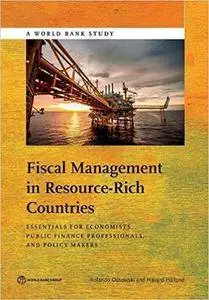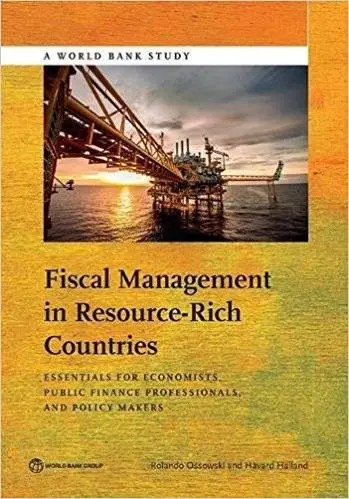Fiscal Management in Resource-Rich Countries: Essentials for Economists, Public Finance Professionals, and Policy Makers (World Bank Studies) by Rolando Ossowski
English | June 28, 2016 | ISBN: 1464804958 | 167 Pages | PDF | 2 MB
English | June 28, 2016 | ISBN: 1464804958 | 167 Pages | PDF | 2 MB
The extractive industries (EI) sector occupies an outsize space in the economies of many developing countries. Economists, public finance professionals, and policy makers working in these countries are frequently confronted with issues that require an in-depth understanding of the sector its economics, governance, and policy challenges, as well as the implications of natural resource wealth for fiscal and public financial management. The objective of the two-volume Essentials for Economists, Public Finance Professionals, and Policy Makers, published in the World Bank Studies series, is to provide a concise overview of the EI-related topics these professionals are likely to encounter. This second volume, Fiscal Management in Resource-Rich Countries, addresses the critical challenges that volatile, uncertain, and exhaustible revenues from the EI sector pose to fiscal policies in these countries. The volume discusses fiscal policy across four related dimensions: policies for short-run stabilization; management of fiscal risks and vulnerabilities; promotion of long-term sustainability; and the importance of good public financial management, public investment systems, and fiscal transparency. Institutional mechanisms used to help fiscal management are examined, including medium-term expenditure frameworks, fiscal rules, fiscal councils, and resource funds. The volume also discusses revenue earmarking and the resource prices used in the government budget and outlines important fiscal indicators for resource-rich countries. The authors hope that economists, public finance professionals, and policy makers working in resource-rich countries including decision makers in ministries of finance, international organizations, and other relevant entities will find the volume useful to their understanding and analysis of fiscal policy and public financial management.



